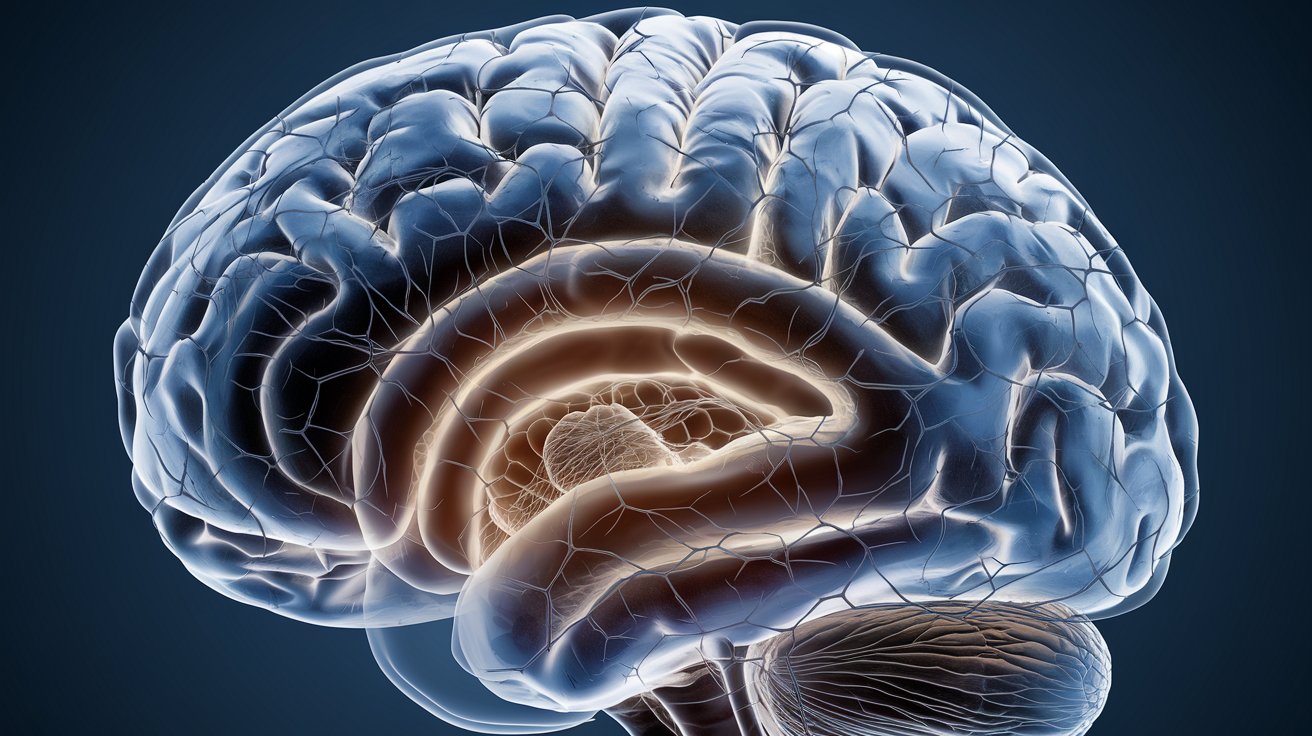
Osteopathia Striata Cranial Sclerosis (OSCS) is a rare genetic disorder that affects bone development. Characterized by distinctive linear striations in long bones and cranial sclerosis, this condition can lead to various complications. Symptoms often include hearing loss, facial abnormalities, and skeletal issues. Caused by mutations in the AMER1 gene, OSCS is usually inherited in an X-linked dominant manner, meaning it primarily affects females. Diagnosis typically involves radiographic imaging and genetic testing. Treatment focuses on managing symptoms and improving quality of life. Understanding OSCS is crucial for early intervention and better outcomes. Let's explore 25 intriguing facts about this unique condition.
Key Takeaways:
- Osteopathia Striata Cranial Sclerosis (OSCS) is a rare genetic disorder that affects bone development, leading to distinctive skeletal abnormalities. It can cause hearing loss, dental issues, and short stature, but with proper support and management, individuals can lead fulfilling lives.
- OSCS is diagnosed through clinical evaluation, family history, and imaging studies. Treatment involves regular monitoring, hearing aids, orthopedic interventions, physical therapy, dental care, and growth hormone therapy. Support groups, educational accommodations, adaptive devices, and regular follow-ups are crucial for managing symptoms and improving quality of life.
What is Osteopathia Striata Cranial Sclerosis?
Osteopathia Striata Cranial Sclerosis (OSCS) is a rare genetic disorder. It primarily affects bone development, leading to distinctive skeletal abnormalities. Understanding this condition can help in managing its symptoms and improving quality of life.
- OSCS is a genetic disorder caused by mutations in the AMER1 gene.
- It primarily affects bone development, leading to dense, striated patterns in bones.
- The condition is inherited in an X-linked dominant manner, meaning it can be passed from one generation to the next through the X chromosome.
- Women are more commonly affected than men due to the X-linked inheritance pattern.
- Symptoms often appear in childhood, but the severity can vary widely among individuals.
Symptoms and Diagnosis of OSCS
Recognizing the symptoms of OSCS is crucial for early diagnosis and management. Here are some key facts about the symptoms and diagnostic process.
- Cranial sclerosis is a hallmark of OSCS, characterized by thickening of the skull bones.
- Striations in long bones are another distinctive feature, visible on X-rays.
- Hearing loss can occur due to the thickening of bones in the ear.
- Dental abnormalities such as delayed tooth eruption and malformed teeth are common.
- Short stature is frequently observed in individuals with OSCS.
- Facial dysmorphism, including a broad forehead and flat nasal bridge, may be present.
- Diagnosis typically involves a combination of clinical evaluation, family history, and imaging studies like X-rays and CT scans.
- Genetic testing can confirm the diagnosis by identifying mutations in the AMER1 gene.
Treatment and Management of OSCS
While there is no cure for OSCS, various treatments can help manage symptoms and improve quality of life. Here are some important facts about treatment and management.
- Regular monitoring by a team of specialists, including geneticists, orthopedists, and audiologists, is essential.
- Hearing aids can help manage hearing loss.
- Orthopedic interventions, such as surgery, may be necessary to address severe bone abnormalities.
- Physical therapy can improve mobility and strength.
- Dental care is important to manage dental abnormalities and maintain oral health.
- Growth hormone therapy might be considered to address short stature in some cases.
- Pain management strategies, including medications and physical therapy, can help alleviate discomfort.
Living with OSCS
Living with OSCS can present challenges, but with proper support and management, individuals can lead fulfilling lives. Here are some facts about daily life and support for those with OSCS.
- Support groups and counseling can provide emotional support and connect individuals with others who have similar experiences.
- Educational accommodations may be necessary to address learning difficulties and physical limitations.
- Adaptive devices, such as special seating or mobility aids, can enhance independence.
- Regular follow-ups with healthcare providers are crucial to monitor and manage symptoms.
- Awareness and advocacy can help improve understanding and support for individuals with OSCS and their families.
Final Thoughts on Osteopathia Striata Cranial Sclerosis
Osteopathia Striata Cranial Sclerosis (OSCS) is a rare genetic disorder that affects bones and the skull. It’s characterized by distinctive striations in long bones and cranial sclerosis. Symptoms can vary widely, from mild to severe, impacting quality of life. Early diagnosis and intervention are crucial for managing symptoms and improving outcomes. Genetic counseling can help families understand the risks and implications. While there’s no cure, treatments focus on symptom relief and supportive care. Advances in genetic research offer hope for better understanding and potential future therapies. Awareness and education about OSCS can lead to earlier detection and better support for those affected. By staying informed and advocating for research, we can make strides in improving the lives of individuals with OSCS.
Frequently Asked Questions
Was this page helpful?
Our commitment to delivering trustworthy and engaging content is at the heart of what we do. Each fact on our site is contributed by real users like you, bringing a wealth of diverse insights and information. To ensure the highest standards of accuracy and reliability, our dedicated editors meticulously review each submission. This process guarantees that the facts we share are not only fascinating but also credible. Trust in our commitment to quality and authenticity as you explore and learn with us.
